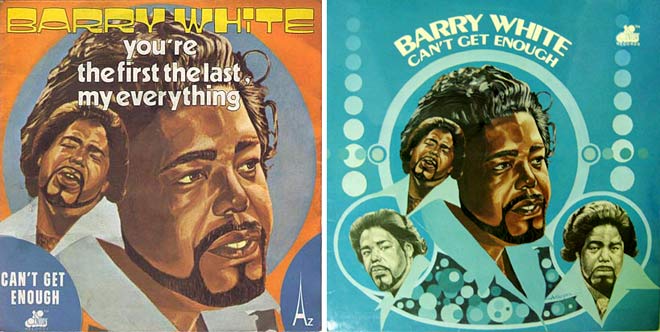Hidden inside language are small, stealthy words that can reveal a great deal about your personality, thinking style, emotional state and connections with others. These words account for less than 0.1 per cent of your vocabulary but make up more than half of the words commonly used. Your brain is not wired to notice them but if you pay close attention, you will start to see their subtle power. (…)
We found that the use of pronouns – I, me, we, she, they – mattered enormously. The more people changed from using first-person singular pronouns (I, me, my) to using other pronouns (we, you, she, they) from one piece of writing to the next, the better their health became. Their word use reflected their psychological state.
This was the prelude to a more substantial discovery. (…) I wondered if there were any gender distinctions and found that yes, there were significant differences. (…) Not only was gender a factor, there were large differences in language style as a function of people’s age, social class, emotional state, level of honesty, personality, degree of formality, leadership ability, quality of relationships and so on. (…)
In one experiment, we analysed hundreds of essays written by my students and we identified three very different writing styles: formal, analytic and narrative.
Formal writing often appears stiff, sometimes humourless, with a touch of arrogance. It includes high rates of articles and prepositions but very few I-words, and infrequent discrepancy words, such as “would”, and adverbs. Formality is related to a number of important personality traits. Those who score highest in formal thinking tend to be more concerned with status and power and are less self-reflective. They drink and smoke less and are more mentally healthy, but also tend to be less honest. As people age, their writing styles tend to become more formal.
Analytical writing, meanwhile, is all about making distinctions. These people attain higher grades, tend to be more honest, and are more open to new experiences. They also read more and have more complex views of themselves.
Narrative writers are natural storytellers. The function words that generally reveal storytelling involve people, past-tense verbs and inclusive words such as “with” and “together”. People who score high for narrative writing tend to have better social skills, more friends and rate themselves as more outgoing.
{ NewScientist | Continue reading }






















